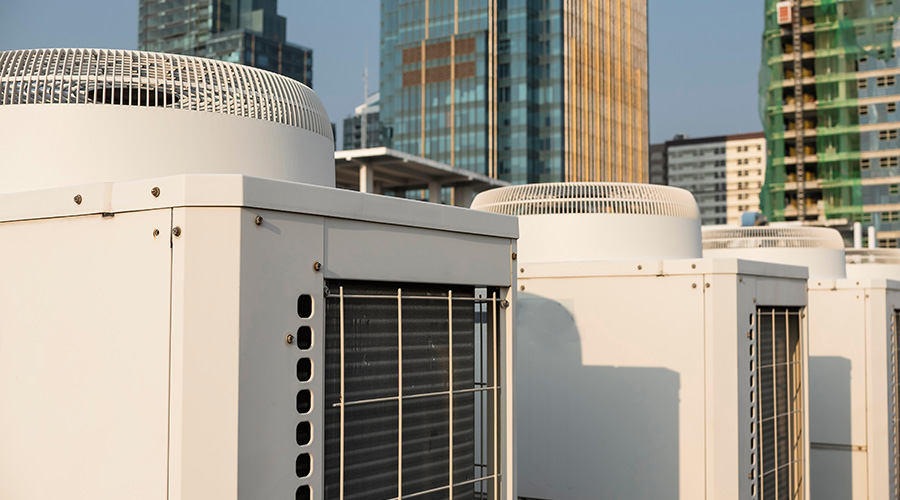Sustainable Insulation: Mineral Fiber and Foam Plastics
When comparing the sustainable aspects of insulation materials, managers need to consider many factors, including recycled content, source materials, and embedded energy, as well as verify the manufacturer's claims based on third-party information. A variety of materials insulate building systems. These generally fall into two categories: mineral fiber, including fiberglass, rock and slag wool; and foam plastics, including extruded or expanded polystyrene, polyisocyanurate, and polyurethane.
Fiberglass insulation is made primarily of sand and recycled glass. Molten glass is poured into a rotating spinner with small holes in its outer walls. As the molten glass flows out through the holes, it forms thin fibers. These fibers cool quickly, and the manufacturer adds binders or glues, if needed. The fibers are formed into blankets, boards and pipe-insulation materials.
Rock and slag wool insulation is manufactured in a similar manner, except the raw materials are primarily basaltic rock and blast-furnace slag.
Mineral fiber insulation products have green attributes and feature sustainable characteristics because they are made from sand — a highly abundant raw material — recycled glass, basaltic rock, and slag, which is a byproduct of steel production.
Although melting glass and rock requires energy, it pales in comparison to the energy saved over the service life of the insulation. A study by the Alliance to Save Energy showed mineral fiber insulation saves 12 times the energy used to make it each year. In other words, it saves all the energy used to manufacture it during the first month it is in service.
As its name suggests, foam plastic insulation is plastic with air or gas bubbles distributed throughout the base material. The gas bubbles in the foam plastic are generated by injecting a gas or blowing agent into a melted liquid plastic and cooling the material.
Another method is to combine two liquid components that react chemically to produce a plastic material with gas bubbles in it. The resulting foam plastic then becomes sheets, pipe insulation and other products designed for easy installation. Another type of foam insulation is made from glass and, similar to the plastic materials, it contains bubbles.
Generally, plastics are derived from petroleum, though some manufacturers are beginning to use bio-based foams.
Related Topics:














